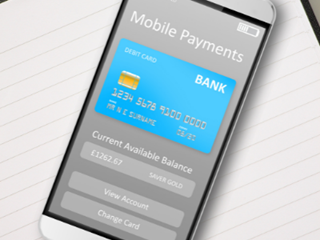
At a glance
Faster Payments do what they say on the tin: they're a way to make payments faster. But how fast are they? And how do you go about making one from your bank account?
Using Faster Payments can mean the difference between paying or missing that red bill, or getting your cash-strapped child at university some rent money before they plunge into their overdraft. Faster Payments mean that the agonising waiting period added to payment transfers is cut – giving you and those you are paying some extra peace of mind.
The Faster Payments Service allows customers of certain banks or building societies to make quicker electronic payments or transfers over the phone or online.
Funds can be transferred and accessed almost immediately, and usually within a couple of hours at most, instead of days, while standing orders can be set up in a single day.
Banks and building societies operating the Faster Payments Service can process payments and transfers 24 hours a day, any day of the week. This includes weekends and Bank Holidays.
There are four things you need to check before you can make a faster payment:
Disclaimer: This information is intended solely to provide guidance and is not financial advice. Moneyfacts will not be liable for any loss arising from your use or reliance on this information. If you are in any doubt, Moneyfacts recommends you obtain independent financial advice.